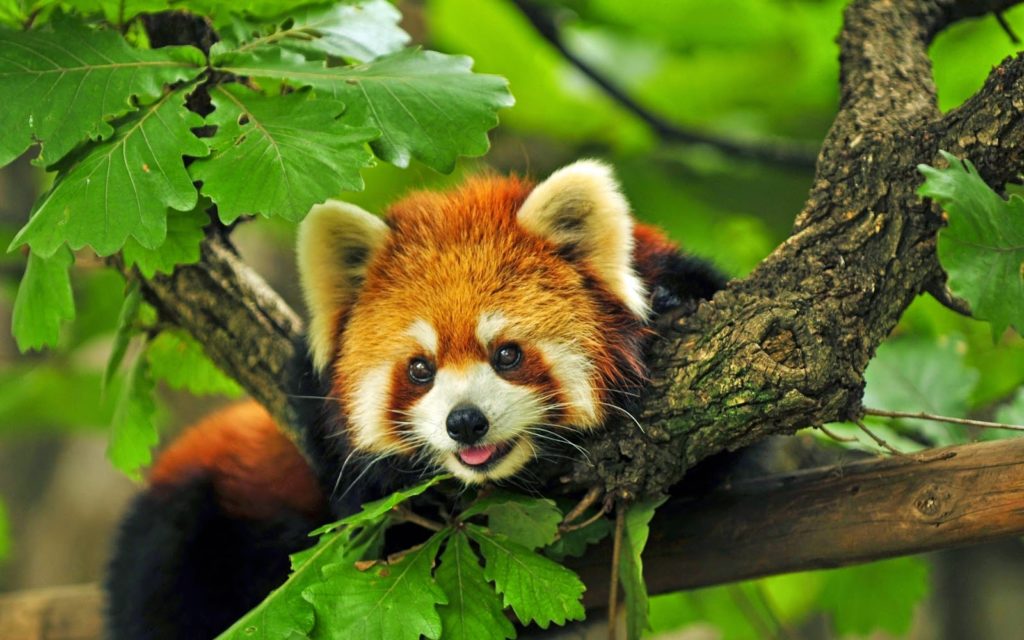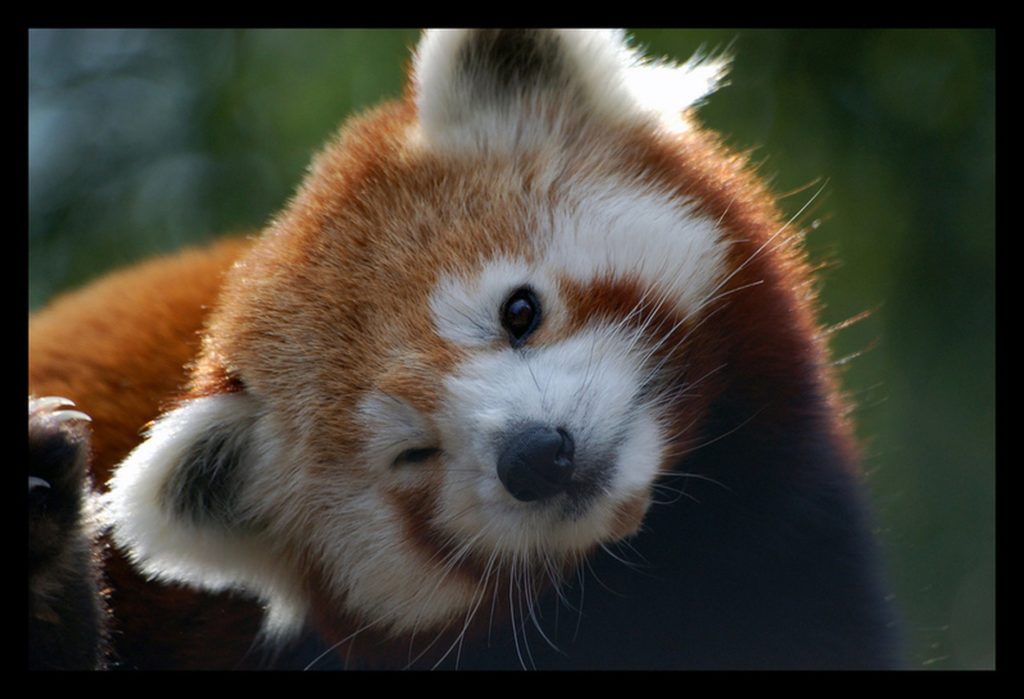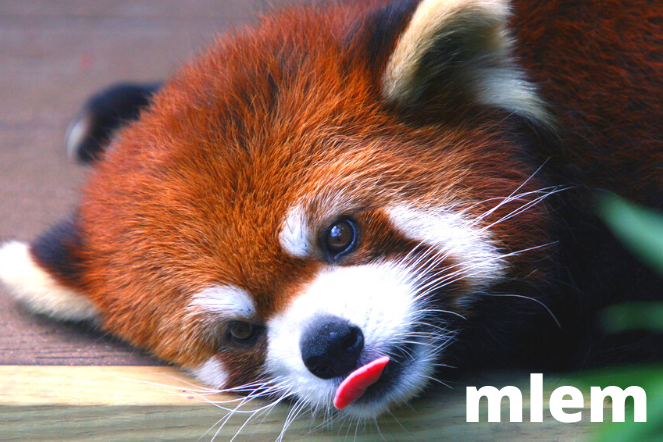Until this year, I had never seen a red panda. I know, I know, I’m an uncultured swine when it comes to endangered animals. I took my mum to Symbio Wildlife Park for Mother’s Day and the red pandas stole my heart; I’ve spent the whole year obsessed with those little cuties! So, for my birthday this year, my partner bought me a ‘Red Panda Experience’ at Symbio. Essentially the experience had me getting up close and personal with the happiest residents at the wildlife park (if you have never seen a red panda do yourself a favour and Google their adorable smiles to make your day 10/10 better).
A zookeeper took me to the enclosure and helped me coax the little darlings out of their tree for some tasty snacks including bamboo and a special homemade feed that was blended together with all of the nutrients they need to stay strong and healthy. The zookeeper and I chatted about the red pandas and I learned a lot of important information about them, including that they are one of the world’s most endangered wildlife species!

Before I get into the hardcore facts around climate change and red pandas I’ll give you a few cute fun facts. Do you remember that weird YouTube video that was trending circa 2009, What does the fox say? Well, have you ever wondered, “what does the red panda say?” If so, you’ve come to the right place – they tweet. Have a listen to their twittering here. Red pandas are slightly bigger than your average housecat and though they are not a domesticated species (and I am in no way recommending you try to obtain a red panda illegally and keep it as a pet in Australia), some people keep them as pets in India, Nepal, Tibet, Myanmar and China (where most of the surviving populations of ped panda live in the wild). Another fun fact that I loved is that they only mate once a year – on the winter solstice, which is the 21st of June for us Aussies.
Okay, enough of the cute, let’s get down to business. Meeting red pandas highlighted the urgent need to defeat the massive environmental destruction caused by humans. As I’ve mentioned, red pandas are a recognised endangered species, but what I didn’t mention is that humans are the main reason. Three specific factors play a significant part in this: climate change, habitat fragmentation and poaching. These factors have all contributed to the severe drop in the population of red pandas internationally – numbers have dropped as low as 10,000 as of 2015.

One of the more pressing issues raised by climate change is the increasing global temperature. This is very detrimental to red pandas as they are creatures that need to live in the cold. They have very thick fur which even covers the cute little pads of their feet. This is meant to protect them in very cold weather, including snow. As their habitats become warmer, they need to seek new homes that are elevated higher but suitable habitats are becoming scarce due to deforestation and overexploitation of the natural environment.
This leads me to the issue of food sources scarcity. Red pandas have a diet heavily dependent on bamboo which has slow dispersal abilities to colonize new potential habitats (such as higher altitudes). This means that while the red pandas themselves can move around, their food source cannot which highlights a key concern: how will they survive if climate change persists at the current rate?
Many professionals are incredibly concerned for the wellbeing and continuation of red pandas as a species. One such conservation biologist is Dr Elizabeth Freeman who explains:
“I think down the road what may actually do them in is climate change,because they are in such a small niche in the Himalayas, and as climate change warms that area and moves that population higher in elevation, they’re going to lose habitat probably faster than they can accommodate to climate change”

One non-government organisation who has the forefront of red panda conservation at the heart of its mission is the Red Panda Network which works with local communities to focus on habitat protection and restoration and as well as sustainable living.
The forest guardians within this network help the local communities to make sustainable choices that preserve the environment in a way that supports their economic wellbeing. They also run educational programs and advocacy groups to help people understand how their choices can contribute to climate change and have devastating effects on the world’s most adorable fuzzy cutie pieL the red panda. They also have a multitude of other beneficial programs worth checking out here and they accept donations to assist in the conservation of the Red Panda here.
Let’s help the happiest animal on Earth stay around to smile as long as possible by making sustainable choices in our daily lives – it’s a struggle to stay eco-friendly, especially on a budget, but a world without the bright smile of a red panda isn’t a world worth living in if you ask me.

